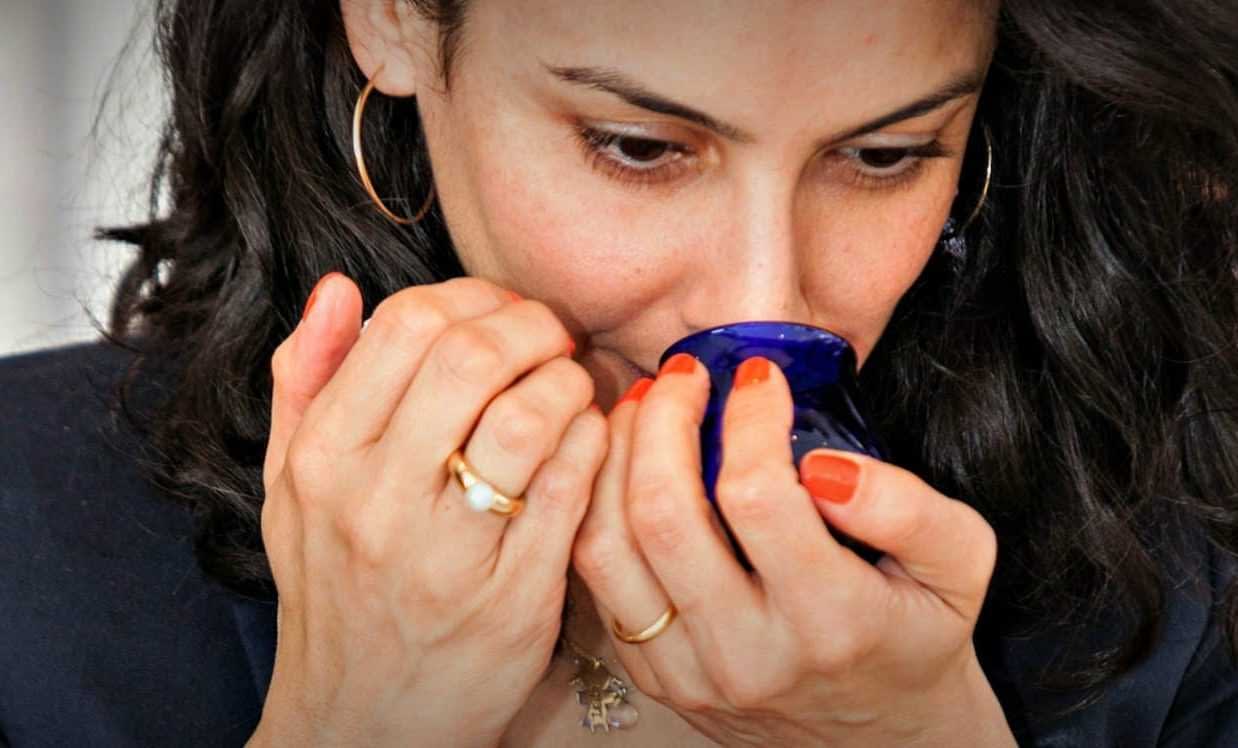Olive oil has been prominent in the news recently. Climatic challenges during the 2022 and 2023 harvests led to lower yields and higher prices. So, alongside the continuing good news of research showing promising health benefits for both people and the planet, there have also been sensational allegations of sketchy behavior in the marketplace.
Despite a challenging period of poor crops, the regulatory agencies in exporting countries like Spain and Italy are on the job, even making arrests for fraudulent activities. As for allegations of widespread adulteration in U.S. supermarkets, there is no evidence to back that up; the studies that have randomly tested for adulteration — reliably detected in the chemistry lab — found no confirmed cases.
If you still feel like a pall of suspicion has been cast over that pretty bottle of olive oil in your cupboard — or those on the supermarket shelf — what’s a consumer to do? The most important thing is to assess the oil’s quality yourself by learning the basics of olive oil tasting. By knowing a little, consumers can benefit a lot.
The logical place for an olive oil education to start is with tasting. All the reading in the world doesn’t mean anything unless you can connect it to the sensory experience — the aroma and taste of olive oil.
Professional olive oil tasters sip the oil straight from little blue glasses that look like votive candle holders from your favorite café. Although ultimately, we must remember that olive oil is an ingredient in food, tasting it straight does have the advantage of giving you an utterly undisguised taste of the oil.

Olive Oil Tasting Glass
Don’t be scared. A little sip of olive oil won’t hurt you — it’s actually very nice once you get used to the idea — and it will help you learn to recognize characteristics without the complication of other flavors.
The aromas of olive oil are a critical part of its flavor. The best way to appreciate them is to pour some olive oil (a tablespoon or two) into a small wineglass (or an official olive oil-tasting glass if you have one).
Cup the glass in one hand and cover it with the other to trap the aromas inside while you warm it up. Hold it, swirl it, warm it for a minute or two. Then, stick your nose into the glass and take a good whiff of the aroma or “nose” of the olive oil.
You may notice the smell of fresh-cut grass, cinnamon, tropical fruits, or other ripe or green olive fruit aromas. This is a good time to point out that “fruity” in olive oil refers to vegetable notes, i.e., green and ripe fruit notes. So think of artichokes, grass and herbs as “fruit” when you taste olive oils!
Now, take a sip of the oil. Don’t be too wimpy about it; if you don’t get a decent amount, you won’t appreciate all the qualities of the oil because it only gets on the tip of your tongue. You ideally want to get the impressions of the entire mouth and tongue.

(NYIOOC)
Suck air through the oil to coax more aromas out of it, and then — this is important — close your mouth and breathe out through your nose. This “retronasal” perception will give you many other flavor notes. Retronasal perception is possible because your mouth connects to your nose in the back. Now, swallow some or all of the oil.
Pungency is a peppery sensation detected in the throat, so swallowing some oil is important. Pungency is a positive characteristic of olive oil. It is a chemical irritation, like the hotness of chilies, and equally appealing once you get used to it.
Once you start to get into that spicy kick, it is hard to imagine life without it. Pungency can be very mild — just the tiniest tingle — or intense enough to make you cough. Olive oil aficionados will sometimes refer to a one, two, or look out, a three-cough oil.
The third of the three positive attributes of olive oil, in addition to fruity and pungent, is bitter. Bitterness, like pungency, is also an acquired taste. As anyone who has ever tasted an olive right off the tree can attest, bitter is a prominent taste in fresh olives.
Curing olives for the table has to start with a debittering process. Since olive oil is made from uncured olives, varying degrees of bitterness can be found; oil made from riper fruit will have little to no bitterness, oil made from greener fruit can be distinctly bitter.
American taste horizons are broadening; we are exploring bitterness with foods like dark chocolate, bitter salad greens and now, robust olive oils.
You may notice fruity characteristics in the mouth, including nutty, buttery, other ripe flavors, and a fuller spectrum of green, fruity notes. Another characteristic most pronounced in this retronasal perception is rancidity. We will explore that in another article when we look at the common defects of olive oil. The traditional palate cleanser between olive oils is water, plain or sparkling, and Granny Smith apple slices.

NYIOOC Taster Lina Smith
Once you have tasted an olive oil plain, the next step is to taste it with food. This is where olive oil comes to life as one of the flavors in a dish.
Wine presents a good analogy: a great wine with food might not be appropriate as an aperitif. Olive oil is the same: sometimes, an olive oil that seems over-the-top pungent and bitter by itself or with bread is perfection when used to top a hearty bean soup.
Pairing olive oils and foods is an entire discussion, but for a great learning experience, try three different olive oils — one delicate, one medium, and one robust — with various items. Good choices are warm boiled potatoes, fresh mozzarella, ripe tomatoes, bread, warm cooked white beans, salad greens, seasonal cooked vegetables, grilled steak, poached or grilled chicken, and whatever is for dinner. Cook things simply, without adding seasonings, but be sure you have some sea salt on hand.
Now, taste pieces of the same food dipped in each of the oils. Notice how the flavors interact. Is it a harmonious mix? A contrast? Does one flavor overwhelm the other, or do they balance well?
This is fun to do with a group of friends: you can taste together and compare impressions. Add red and white wines to complete the pairings, and you have a dinner party.









